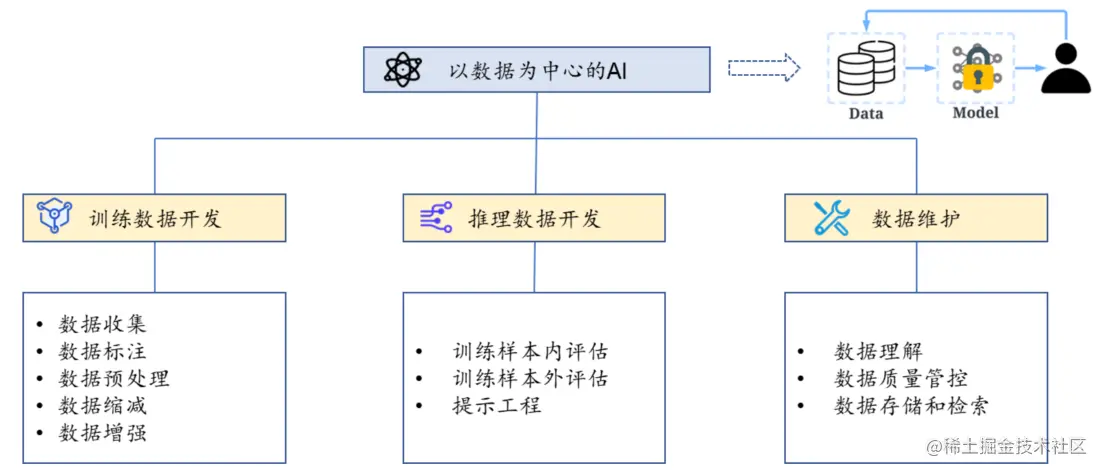物体识别算法在ROS中的最新进展:机器人视觉的不断进化
发布时间: 2024-08-14 04:49:31 阅读量: 43 订阅数: 37 


RRT算法在ROS中的实现.zip

# 1. 物体识别算法概述**
物体识别算法是一种计算机视觉技术,用于识别和分类图像或视频中的物体。这些算法利用机器学习或深度学习技术,从图像数据中提取特征,并将其映射到预定义的物体类别。物体识别算法广泛应用于机器人、自动驾驶和工业自动化等领域。
物体识别算法通常分为两类:基于机器学习的算法和基于深度学习的算法。基于机器学习的算法使用手工制作的特征提取器,而基于深度学习的算法使用神经网络自动学习特征。深度学习算法通常比基于机器学习的算法更准确,但它们也需要更大的数据集和更长的训练时间。
# 2. ROS中的物体识别算法
### 2.1 ROS中物体识别的基础架构
在ROS中,物体识别算法通常通过一个称为节点的独立进程来实现。节点通过消息传递机制进行通信,每个节点负责处理特定任务,例如图像处理、特征提取或分类。
ROS中物体识别的基础架构包括以下组件:
- **图像获取节点:**负责从相机或其他传感器获取图像数据。
- **图像处理节点:**对图像数据进行预处理,例如去噪、校正和分割。
- **特征提取节点:**从图像中提取特征,这些特征用于识别物体。
- **分类节点:**使用机器学习或深度学习模型对提取的特征进行分类,确定图像中物体的类别。
### 2.2 常见的ROS物体识别算法
ROS中常见的物体识别算法可分为两大类:基于机器学习的算法和基于深度学习的算法。
#### 2.2.1 基于机器学习的算法
基于机器学习的物体识别算法使用传统机器学习技术,例如支持向量机(SVM)或决策树。这些算法需要手动提取特征,然后使用机器学习模型进行训练。
**代码块:**
```python
import numpy as np
from sklearn.svm import SVC
# 加载图像数据
image_data = np.load('image_data.npy')
# 提取特征
features = extract_features(image_data)
# 训练SVM模型
model = SVC()
model.fit(features, labels)
# 对新图像进行分类
new_image = np.load('new_image.npy')
new_features = extract_features(new_image)
prediction = model.predict(new_features)
```
**逻辑分析:**
该代码块演示了基于SVM的物体识别算法。它首先加载图像数据,然后提取图像的特征。提取的特征用于训练SVM模型,该模型可以对新图像进行分类。
**参数说明:**
- `image_data`:图像数据,形状为`(n_samples, n_features)`。
- `labels`:图像的标签,形状为`(n_samples,)`。
- `model`:SVM模型。
- `new_image`:新图像,形状为`(1, n_features)`。
#### 2.2.2 基于深度学习的算法
基于深度学习的物体识别算法使用深度神经网络(DNN)进行特征提取和分类。DNN可以自动学习图像中的特征,无需手动提取。
**代码块:**
```python
import tensorflow as tf
# 加载图像数据
image_data = tf.keras.datasets.mnist.load_data()
# 构建DNN模型
model = tf.keras.models.Sequential([
tf.keras.layers.Conv2D(32, (3, 3), activation='relu'),
tf.keras.layers.MaxPooling2D((2, 2)),
tf.keras.layers.Flatten(),
tf.keras.layers.Dense(128, activation='relu'),
tf.keras.layers.Dense(10, activation='softmax')
])
# 训练DNN模型
model.compile(optimizer='adam', loss='sparse_categorical_crossentropy', metrics=['accuracy'])
model.fit(image_data[0], image_data[1], epochs=10)
# 对新图像进行分类
new_image = tf.keras.preprocessing.image.load_img('new_image.jpg')
new_image = tf.keras.preprocessing.image.img_to
```
0
0





